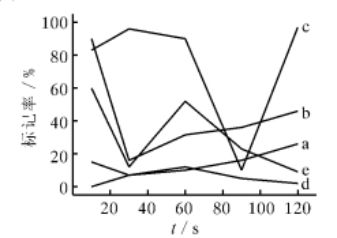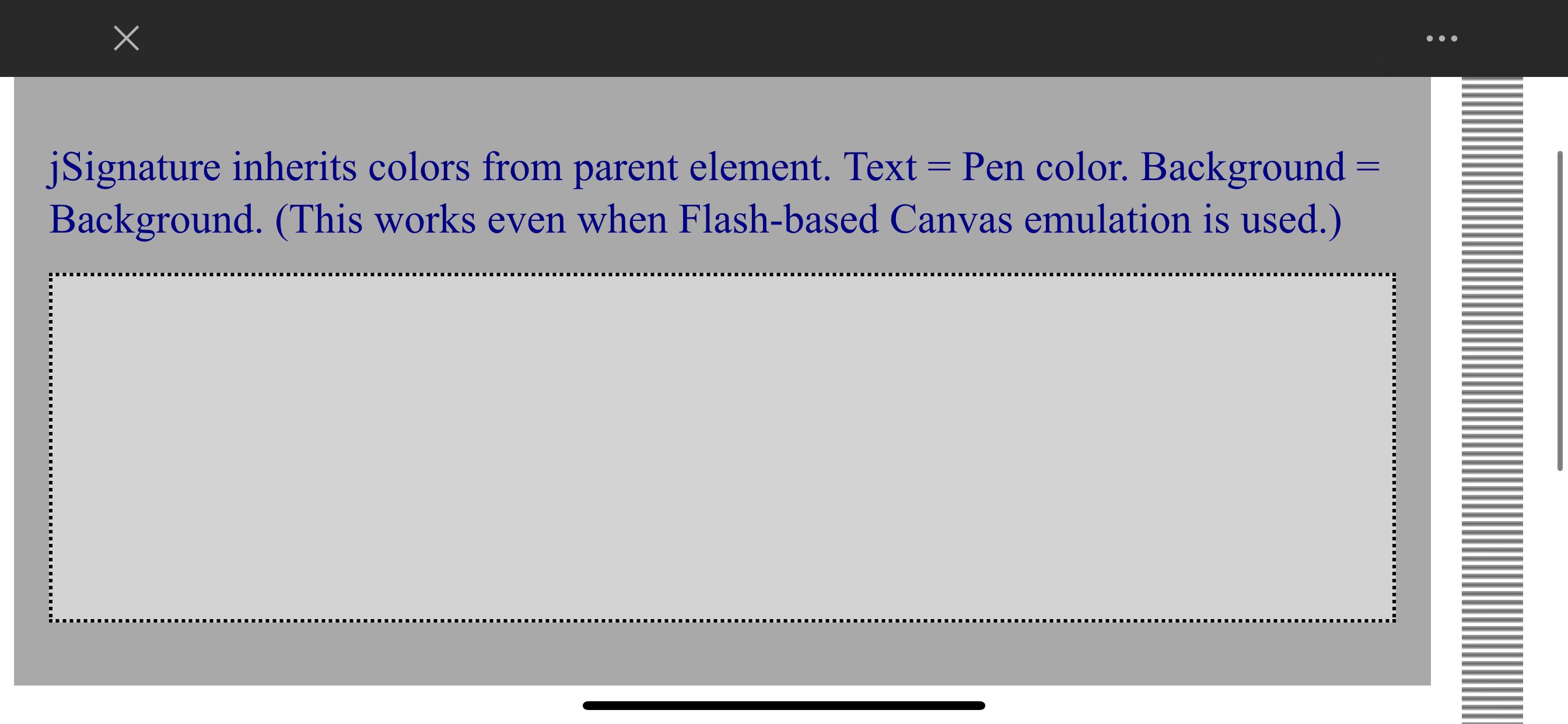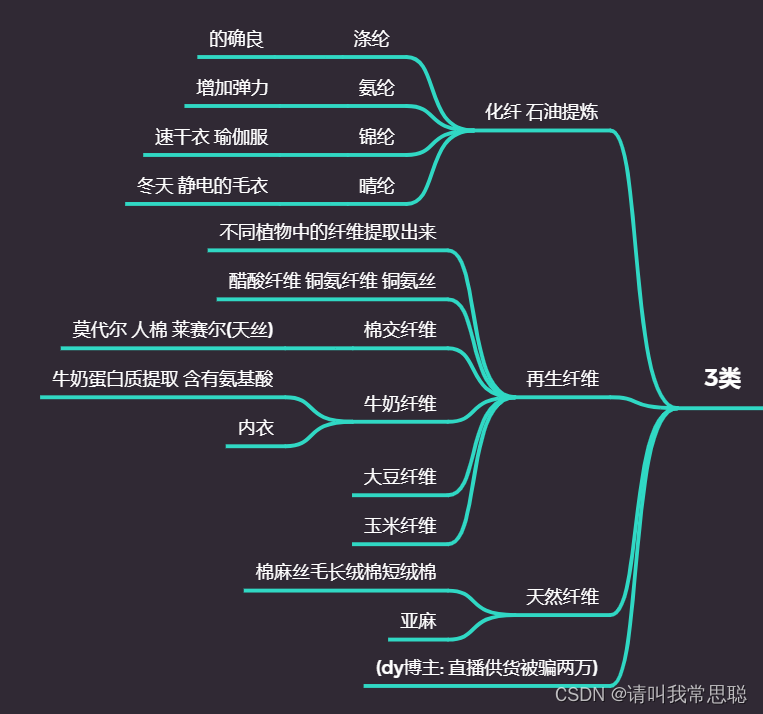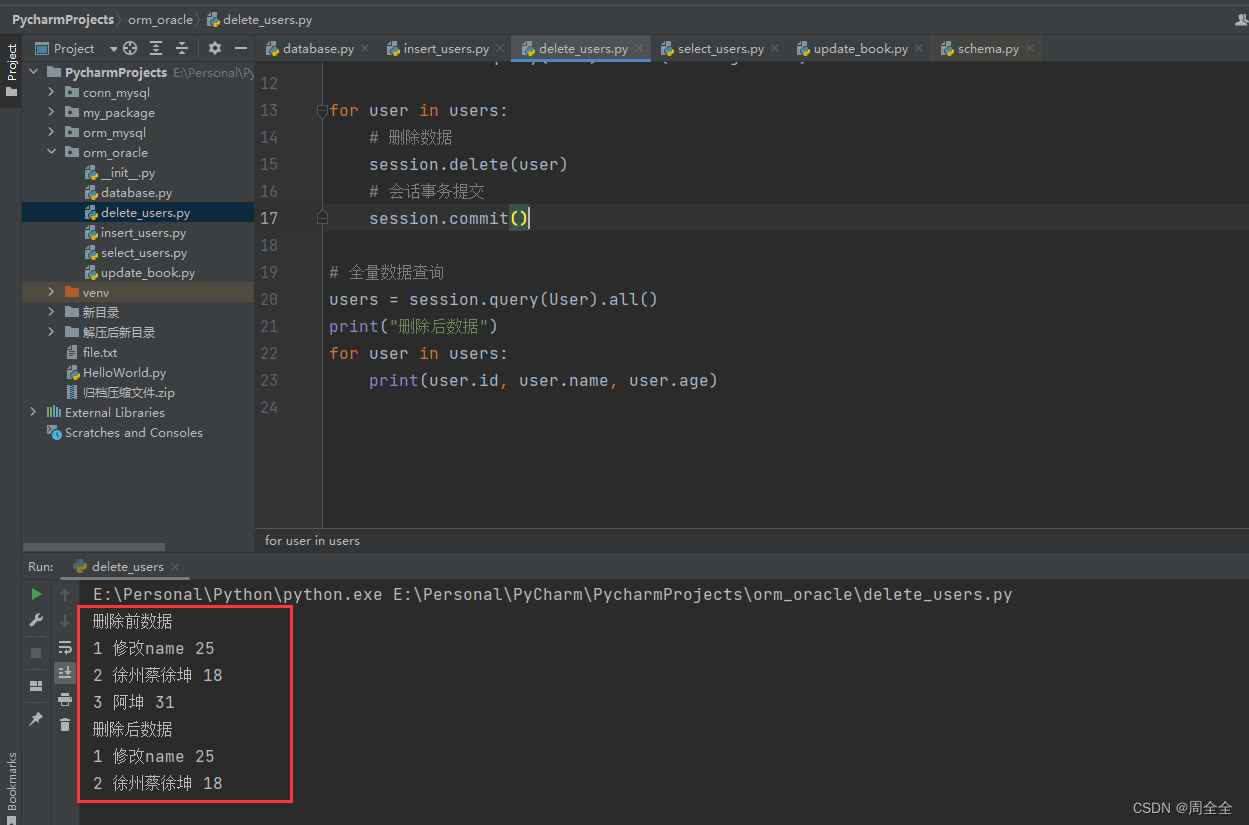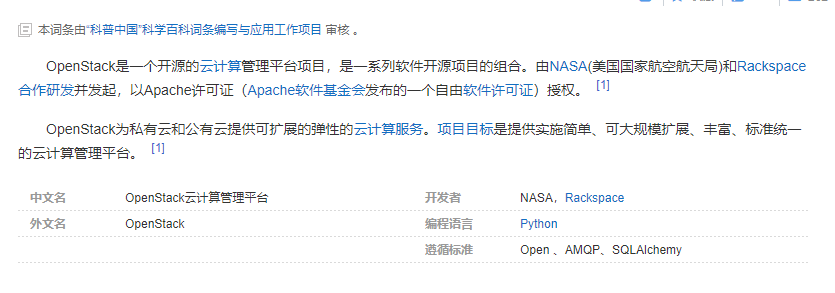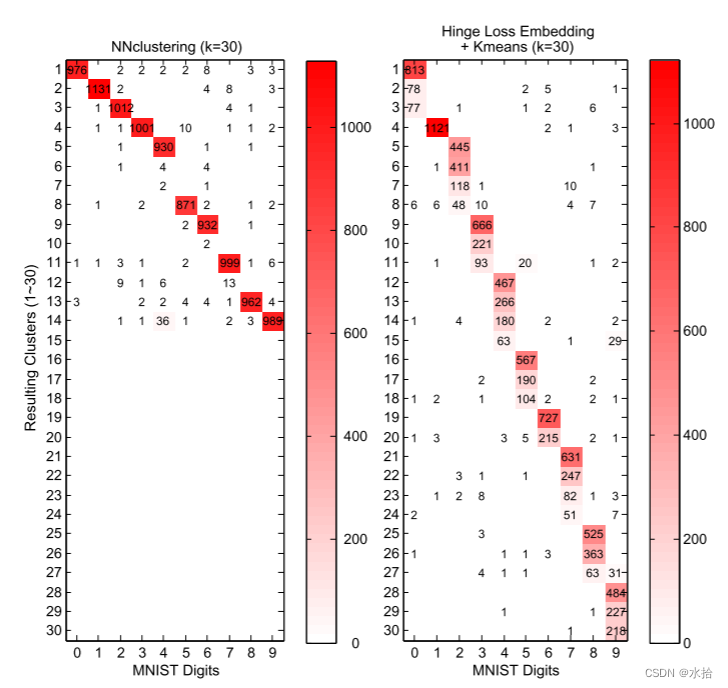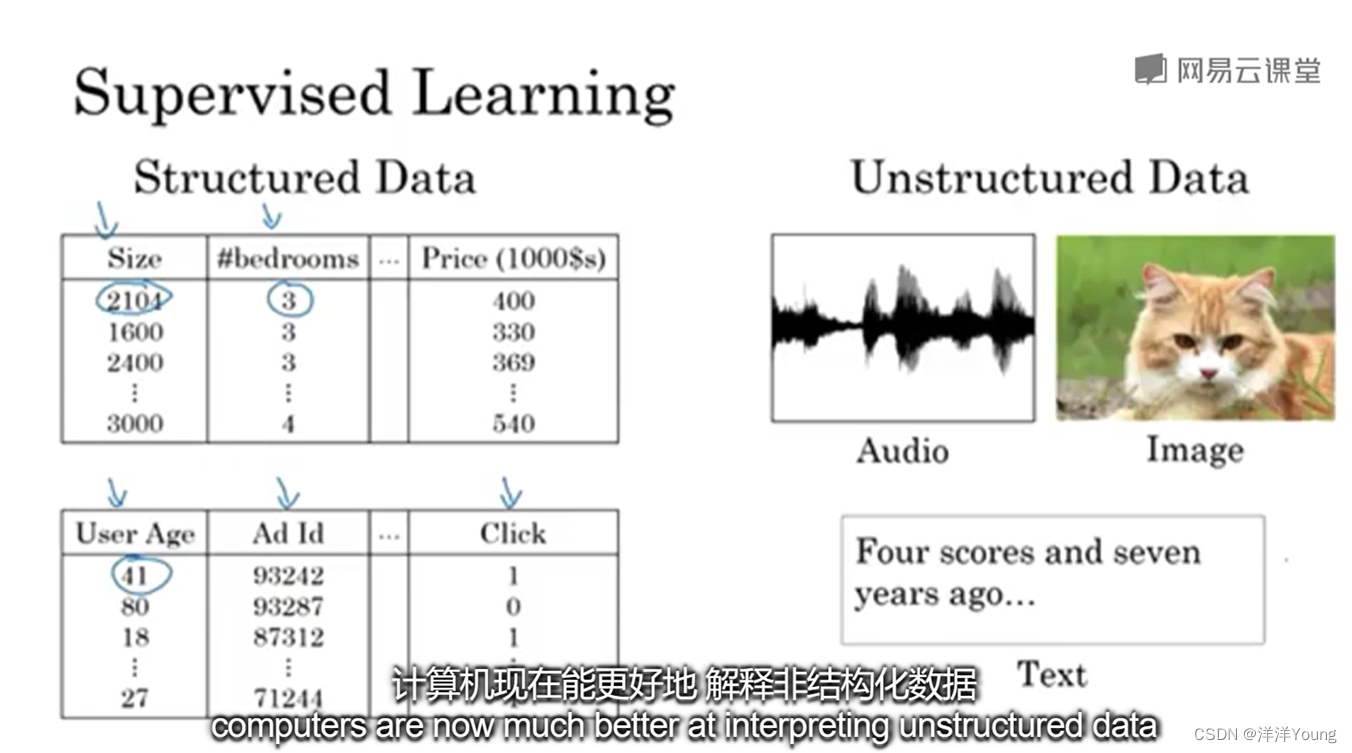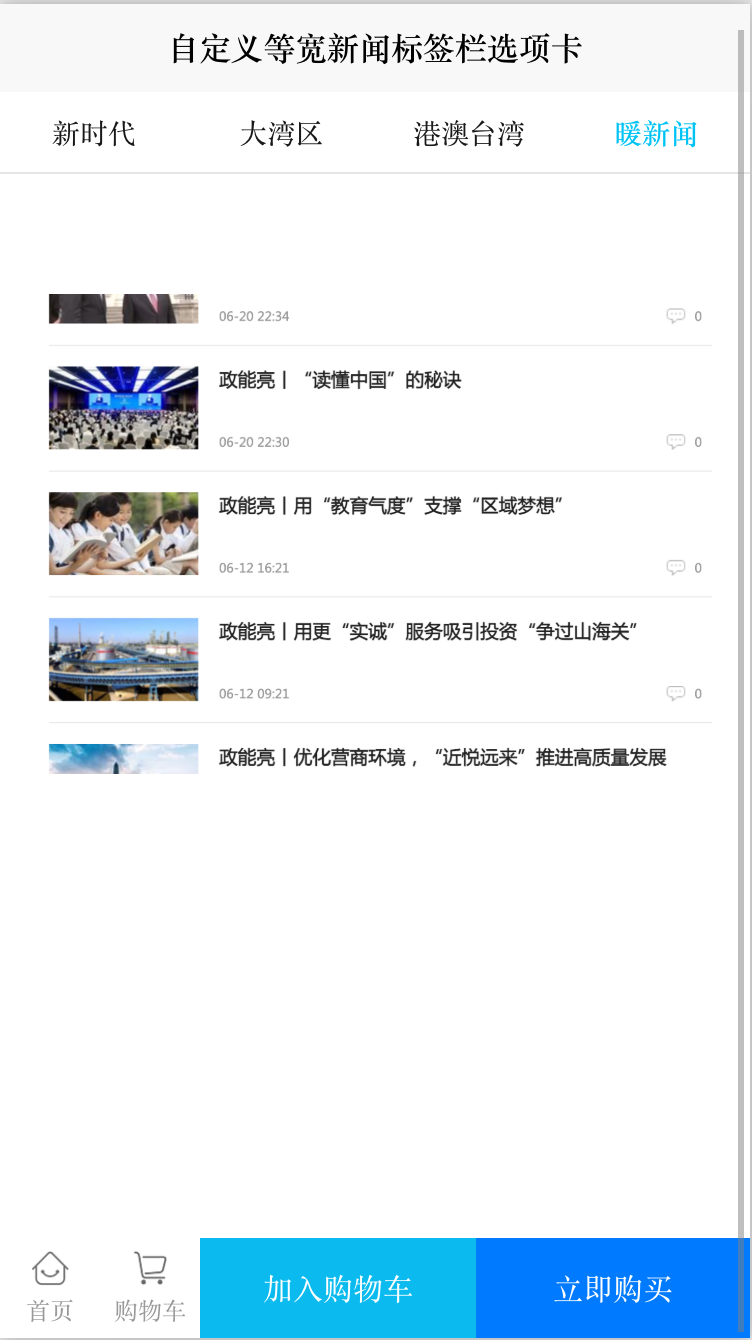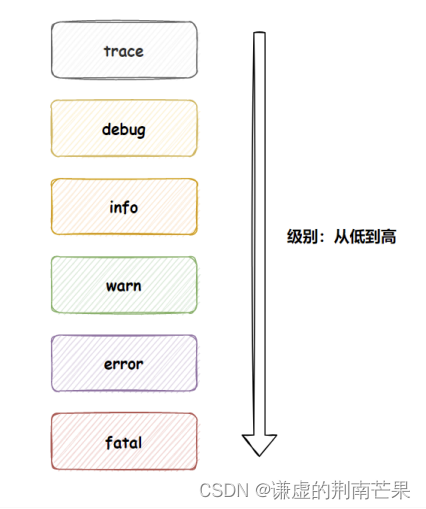JUC并发工具类--阻塞队列BlockingQueue
- 队列
- 队列(Queue接口)提供的方法
- 阻塞队列
- 阻塞队列(BlockingQueue接口)提供的方法
- 应用场景
- JUC包下的阻塞队列
- 如何选择适合的阻塞队列
- 选择策略
- 线程池对于阻塞队列的选择
队列
- 是限定在一端进行插入,另一端进行删除的特殊线性表。
- 先进先出(FIFO)线性表。
- 允许出队的一端称为队头,允许入队的一端称为队尾。
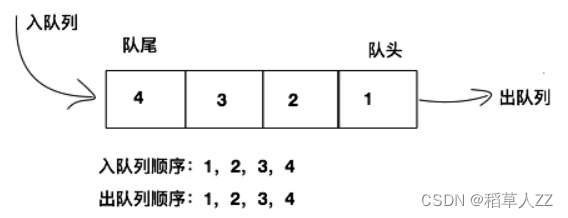
队列(Queue接口)提供的方法
/**
* Inserts the specified element into this queue if it is possible to do so
* immediately without violating capacity restrictions, returning
* {@code true} upon success and throwing an {@code IllegalStateException}
* if no space is currently available.
*
* @param e the element to add
* @return {@code true} (as specified by {@link Collection#add})
* @throws IllegalStateException if the element cannot be added at this
* time due to capacity restrictions
* @throws ClassCastException if the class of the specified element
* prevents it from being added to this queue
* @throws NullPointerException if the specified element is null and
* this queue does not permit null elements
* @throws IllegalArgumentException if some property of this element
* prevents it from being added to this queue
*/
// 添加一个元素,添加成功返回true, 如果队列满了,就会抛出异常
boolean add(E e);
/**
* Inserts the specified element into this queue if it is possible to do
* so immediately without violating capacity restrictions.
* When using a capacity-restricted queue, this method is generally
* preferable to {@link #add}, which can fail to insert an element only
* by throwing an exception.
*
* @param e the element to add
* @return {@code true} if the element was added to this queue, else
* {@code false}
* @throws ClassCastException if the class of the specified element
* prevents it from being added to this queue
* @throws NullPointerException if the specified element is null and
* this queue does not permit null elements
* @throws IllegalArgumentException if some property of this element
* prevents it from being added to this queue
*/
//添加一个元素,添加成功返回true, 如果队列满了,返回false
boolean offer(E e);
/**
* Retrieves and removes the head of this queue. This method differs
* from {@link #poll poll} only in that it throws an exception if this
* queue is empty.
*
* @return the head of this queue
* @throws NoSuchElementException if this queue is empty
*/
//返回并删除队首元素,队列为空则抛出异常
E remove();
/**
* Retrieves and removes the head of this queue,
* or returns {@code null} if this queue is empty.
*
* @return the head of this queue, or {@code null} if this queue is empty
*/
//返回并删除队首元素,队列为空则返回null
E poll();
/**
* Retrieves, but does not remove, the head of this queue. This method
* differs from {@link #peek peek} only in that it throws an exception
* if this queue is empty.
*
* @return the head of this queue
* @throws NoSuchElementException if this queue is empty
*/
//返回队首元素,但不移除,队列为空则抛出异常
E element();
/**
* Retrieves, but does not remove, the head of this queue,
* or returns {@code null} if this queue is empty.
*
* @return the head of this queue, or {@code null} if this queue is empty
*/
//获取队首元素,但不移除,队列为空则返回null
E peek();
阻塞队列
阻塞队列 (BlockingQueue)是JUC(java util.concurrent)包下重要的数据结构,Queue接口。
BlockingQueue提供了线程安全的队列访问方式:
-
当阻塞队列插入数据时,如果队列已满,线程将会阻塞等待直到队列非满;
-
从阻塞队列取数据时,如果队列已空,线程将会阻塞等待直到队列非空。
并发包下很多高级同步类的实现都是基于BlockingQueue实现的。
阻塞队列(BlockingQueue接口)提供的方法
/**
* Inserts the specified element into this queue if it is possible to do
* so immediately without violating capacity restrictions, returning
* {@code true} upon success and throwing an
* {@code IllegalStateException} if no space is currently available.
* When using a capacity-restricted queue, it is generally preferable to
* use {@link #offer(Object) offer}.
*
* @param e the element to add
* @return {@code true} (as specified by {@link Collection#add})
* @throws IllegalStateException if the element cannot be added at this
* time due to capacity restrictions
* @throws ClassCastException if the class of the specified element
* prevents it from being added to this queue
* @throws NullPointerException if the specified element is null
* @throws IllegalArgumentException if some property of the specified
* element prevents it from being added to this queue
*/
//添加一个元素,添加成功返回true, 如果队列满了,就会抛出异常
boolean add(E e);
/**
* Inserts the specified element into this queue if it is possible to do
* so immediately without violating capacity restrictions, returning
* {@code true} upon success and {@code false} if no space is currently
* available. When using a capacity-restricted queue, this method is
* generally preferable to {@link #add}, which can fail to insert an
* element only by throwing an exception.
*
* @param e the element to add
* @return {@code true} if the element was added to this queue, else
* {@code false}
* @throws ClassCastException if the class of the specified element
* prevents it from being added to this queue
* @throws NullPointerException if the specified element is null
* @throws IllegalArgumentException if some property of the specified
* element prevents it from being added to this queue
*/
//添加一个元素,添加成功返回true, 如果队列满了,返回false
boolean offer(E e);
/**
* Inserts the specified element into this queue, waiting if necessary
* for space to become available.
*
* @param e the element to add
* @throws InterruptedException if interrupted while waiting
* @throws ClassCastException if the class of the specified element
* prevents it from being added to this queue
* @throws NullPointerException if the specified element is null
* @throws IllegalArgumentException if some property of the specified
* element prevents it from being added to this queue
*/
//返回并删除队首元素,队列为空则抛出异常
void put(E e) throws InterruptedException;
/**
* Inserts the specified element into this queue, waiting up to the
* specified wait time if necessary for space to become available.
*
* @param e the element to add
* @param timeout how long to wait before giving up, in units of
* {@code unit}
* @param unit a {@code TimeUnit} determining how to interpret the
* {@code timeout} parameter
* @return {@code true} if successful, or {@code false} if
* the specified waiting time elapses before space is available
* @throws InterruptedException if interrupted while waiting
* @throws ClassCastException if the class of the specified element
* prevents it from being added to this queue
* @throws NullPointerException if the specified element is null
* @throws IllegalArgumentException if some property of the specified
* element prevents it from being added to this queue
*/
//在指定的阻塞时间内添加一个元素,添加成功返回true, 如果队列满了,返回false
boolean offer(E e, long timeout, TimeUnit unit)
throws InterruptedException;
/**
* Retrieves and removes the head of this queue, waiting if necessary
* until an element becomes available.
*
* @return the head of this queue
* @throws InterruptedException if interrupted while waiting
*/
//阻塞返回并删除队首元素
E take() throws InterruptedException;
/**
* Retrieves and removes the head of this queue, waiting up to the
* specified wait time if necessary for an element to become available.
*
* @param timeout how long to wait before giving up, in units of
* {@code unit}
* @param unit a {@code TimeUnit} determining how to interpret the
* {@code timeout} parameter
* @return the head of this queue, or {@code null} if the
* specified waiting time elapses before an element is available
* @throws InterruptedException if interrupted while waiting
*/
//在指定的阻塞时间内返回并删除队首元素,队列为空则返回null
E poll(long timeout, TimeUnit unit)
throws InterruptedException;
/**
* Returns the number of additional elements that this queue can ideally
* (in the absence of memory or resource constraints) accept without
* blocking, or {@code Integer.MAX_VALUE} if there is no intrinsic
* limit.
*
* <p>Note that you <em>cannot</em> always tell if an attempt to insert
* an element will succeed by inspecting {@code remainingCapacity}
* because it may be the case that another thread is about to
* insert or remove an element.
*
* @return the remaining capacity
*/
//返回队列内剩余可添加元素个数
int remainingCapacity();
/**
* Removes a single instance of the specified element from this queue,
* if it is present. More formally, removes an element {@code e} such
* that {@code o.equals(e)}, if this queue contains one or more such
* elements.
* Returns {@code true} if this queue contained the specified element
* (or equivalently, if this queue changed as a result of the call).
*
* @param o element to be removed from this queue, if present
* @return {@code true} if this queue changed as a result of the call
* @throws ClassCastException if the class of the specified element
* is incompatible with this queue
* (<a href="../Collection.html#optional-restrictions">optional</a>)
* @throws NullPointerException if the specified element is null
* (<a href="../Collection.html#optional-restrictions">optional</a>)
*/
//从队列中移除一个指定元素,如果队列存在则移除并返回true,不存在返回false
boolean remove(Object o);
/**
* Returns {@code true} if this queue contains the specified element.
* More formally, returns {@code true} if and only if this queue contains
* at least one element {@code e} such that {@code o.equals(e)}.
*
* @param o object to be checked for containment in this queue
* @return {@code true} if this queue contains the specified element
* @throws ClassCastException if the class of the specified element
* is incompatible with this queue
* (<a href="../Collection.html#optional-restrictions">optional</a>)
* @throws NullPointerException if the specified element is null
* (<a href="../Collection.html#optional-restrictions">optional</a>)
*/
// 判断队列中是否至少包含一个指定元素,存在则返回true,不存在则返回false
public boolean contains(Object o);
/**
* Removes all available elements from this queue and adds them
* to the given collection. This operation may be more
* efficient than repeatedly polling this queue. A failure
* encountered while attempting to add elements to
* collection {@code c} may result in elements being in neither,
* either or both collections when the associated exception is
* thrown. Attempts to drain a queue to itself result in
* {@code IllegalArgumentException}. Further, the behavior of
* this operation is undefined if the specified collection is
* modified while the operation is in progress.
*
* @param c the collection to transfer elements into
* @return the number of elements transferred
* @throws UnsupportedOperationException if addition of elements
* is not supported by the specified collection
* @throws ClassCastException if the class of an element of this queue
* prevents it from being added to the specified collection
* @throws NullPointerException if the specified collection is null
* @throws IllegalArgumentException if the specified collection is this
* queue, or some property of an element of this queue prevents
* it from being added to the specified collection
*/
// 从队列中移除所有可用元素,并将这些元素添加到指定集合中,同时返回移除的元素个数。
int drainTo(Collection<? super E> c);
/**
* Removes at most the given number of available elements from
* this queue and adds them to the given collection. A failure
* encountered while attempting to add elements to
* collection {@code c} may result in elements being in neither,
* either or both collections when the associated exception is
* thrown. Attempts to drain a queue to itself result in
* {@code IllegalArgumentException}. Further, the behavior of
* this operation is undefined if the specified collection is
* modified while the operation is in progress.
*
* @param c the collection to transfer elements into
* @param maxElements the maximum number of elements to transfer
* @return the number of elements transferred
* @throws UnsupportedOperationException if addition of elements
* is not supported by the specified collection
* @throws ClassCastException if the class of an element of this queue
* prevents it from being added to the specified collection
* @throws NullPointerException if the specified collection is null
* @throws IllegalArgumentException if the specified collection is this
* queue, or some property of an element of this queue prevents
* it from being added to the specified collection
*/
// 从队列中移除指定个数的可用元素,并将这些元素添加到指定集合中,同时返回移除的元素个数。
int drainTo(Collection<? super E> c, int maxElements);
在阻塞队列BlockingQueue类的注释上,有这样一个总结的表格:
| 方法 | 抛出异常 | 返回特定值 | 阻塞 | 阻塞特定时间 |
|---|---|---|---|---|
| 入队 | add(e) | offer(e) | put(e) | offer(e, time, unit) |
| 出队 | remove() | poll() | take() | poll(time, unit) |
| 获取队首元素 | element() | peek() | 不支持 | 不支持 |
应用场景
-
线程池
线程池中的任务队列通常是一个阻塞队列。当任务数超过线程池的容量时,新提交的任务将被放入任务队列中等待执行。线程池中的工作线程从任务队列中取出任务进行处理,如果队列为空,则工作线程会被阻塞,直到队列中有新的任务被提交。 -
生产者-消费模型
在生产者-消费者模型中,生产者向队列中添加元素,消费者从队列中取出元素进行处理。阻塞队列可以很好地解决生产者和消费者之间的并发问题,避免线程间的竞争和冲突。 -
消息队列
消息队列使用阻塞队列来存储消息,生产者将消息放入队列中,消费者从队列中取出消息进行处理。消息队列可以实现异步通信,提高系统的吞吐量和响应性能,同时还可以将不同的组件解耦,提高系统的可维护性和可扩展性。 -
缓存系统
缓存系统使用阻塞队列来存储缓存数据,当缓存数据被更新时,它会被放入队列中,其他线程可以从队列中取出最新的数据进行使用。使用阻塞队列可以避免并发更新缓存数据时的竞争和冲突。 -
并发任务处理
在并发任务处理中,可以将待处理的任务放入阻塞队列中,多个工作线程可以从队列中取出任务进行处理。使用阻塞队列可以避免多个线程同时处理同一个任务的问题,并且可以将任务的提交和执行解耦,提高系统的可维护性和可扩展性。
总之,阻塞队列在实际应用中有很多场景,它可以帮助我们解决并发问题,提高程序的性能和可靠性。
JUC包下的阻塞队列
BlockingQueue 接口的实现类都被放在了 JUC 包中,它们的区别主要体现在存储结构上或对元素操作上的不同,但是对于take与put操作的原理却是类似的。
| 队列 | 描述 |
|---|---|
| ArrayBlockingQueue | 基于数组结构实现的一个有界阻塞队列 |
| LinkedBlockingQueue | 基于链表结构实现的一个无界阻塞队列,指定容量为有界阻塞队列 |
| PriorityBlockingQueue | 支持按优先级排序的无界阻塞队列 |
| DelayQueue | 基于优先级队列(PriorityBlockingQueue)实现的无界阻塞队列 |
| SynchronousQueue | 不存储元素的阻塞队列 |
| LinkedTransferQueue | 基于链表结构实现的一个无界阻塞队列 |
| LinkedBlockingDeque | 基于链表结构实现的一个双端阻塞队列 |
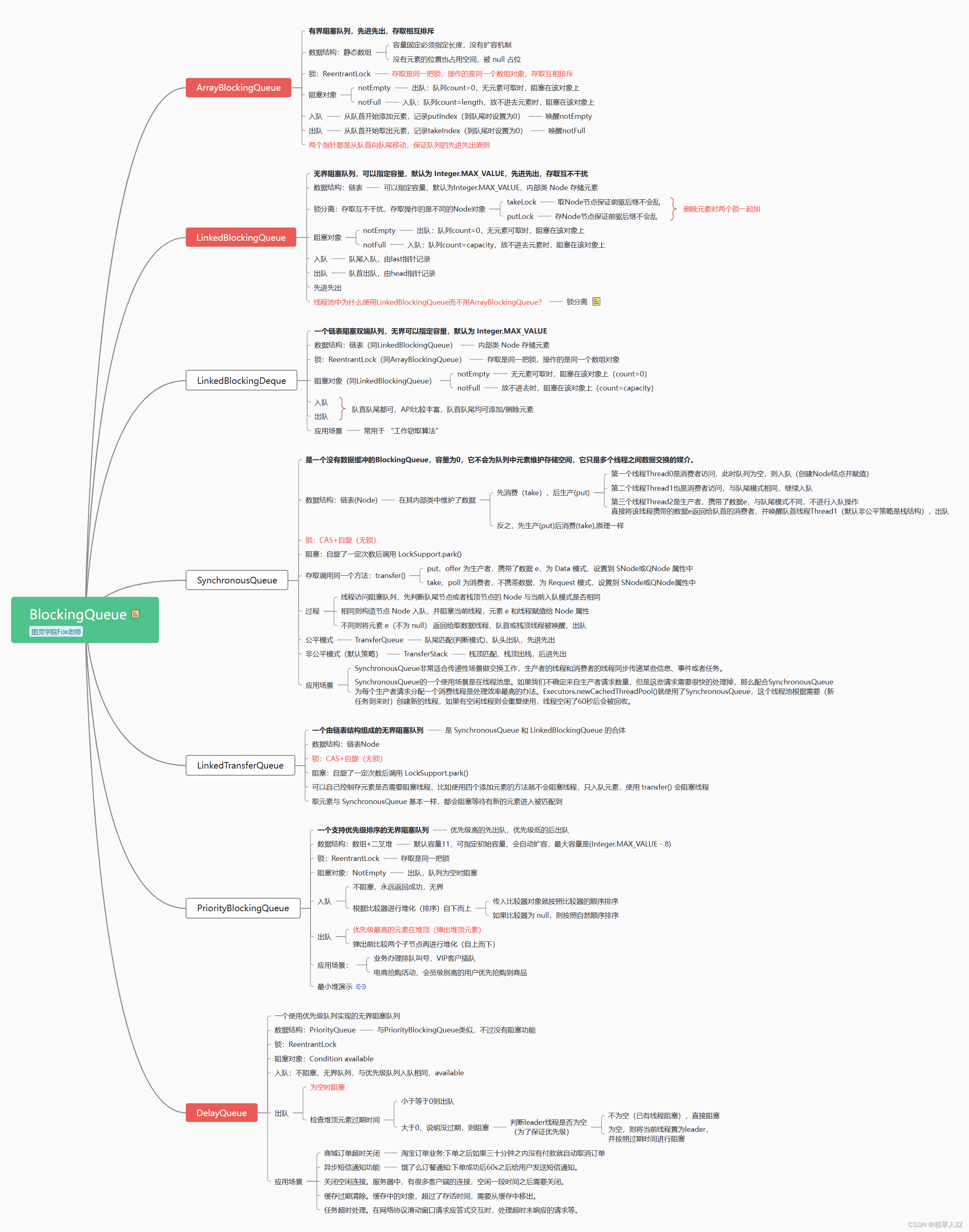
如何选择适合的阻塞队列
选择策略
通常我们可以从以下 5 个角度考虑,来选择合适的阻塞队列:
-
功能
第 1 个需要考虑的就是功能层面。比如是否需要阻塞队列帮我们排序,如优先级排序、延迟执行等,如果有这个需要,我们就必须选择类似于 PriorityBlockingQueue 之类的有排序能力的阻塞队列。 -
容量
第 2 个需要考虑的是容量,或者说是否有存储的要求,还是只需要“直接传递”。在考虑这一点的时候,我们知道前面介绍的那几种阻塞队列,有的是容量固定的,如 ArrayBlockingQueue;有的默认是容量无限的,如 LinkedBlockingQueue;而有的里面没有任何容量,如 SynchronousQueue;而对于 DelayQueue 而言,它的容量固定就是 Integer.MAX_VALUE。所以不同阻塞队列的容量是千差万别的,我们需要根据任务数量来推算出合适的容量,从而去选取合适的 BlockingQueue。 -
能否扩容
第 3 个需要考虑的是能否扩容。因为有时我们并不能在初始的时候很好的准确估计队列的大小,因为业务可能有高峰期、低谷期。如果一开始就固定一个容量,可能无法应对所有的情况,也是不合适的,有可能需要动态扩容。如果我们需要动态扩容的话,那么就不能选择 ArrayBlockingQueue ,因为它的容量在创建时就确定了,无法扩容。相反,PriorityBlockingQueue 即使在指定了初始容量之后,后续如果有需要,也可以自动扩容。所以我们可以根据是否需要扩容来选取合适的队列。 -
内存结构
第 4 个需要考虑的点就是内存结构。通过ArrayBlockingQueue 的源码,看到了它的内部结构是“数组”的形式。和它不同的是,LinkedBlockingQueue 的内部是用链表实现的,所以这里就需要我们考虑到,ArrayBlockingQueue 没有链表所需要的“节点”,空间利用率更高。所以如果我们对性能有要求可以从内存的结构角度去考虑这个问题。 -
性能
第 5 点就是从性能的角度去考虑。比如 LinkedBlockingQueue 由于拥有两把锁,它的操作粒度更细,在并发程度高的时候,相对于只有一把锁的 ArrayBlockingQueue 性能会更好。另外,SynchronousQueue 性能往往优于其他实现,因为它只需要“直接传递”,而不需要存储的过程。如果我们的场景需要直接传递的话,可以优先考虑 SynchronousQueue。
线程池对于阻塞队列的选择
线程池有很多种,不同种类的线程池会根据自己的特点,来选择适合自己的阻塞队列。
Executors类下的线程池类型:
-
FixedThreadPool(SingleThreadExecutor 同理)选取的是 LinkedBlockingQueue
-
CachedThreadPool 选取的是 SynchronousQueue
-
ScheduledThreadPool(SingleThreadScheduledExecutor同理)选取的是延迟队列

